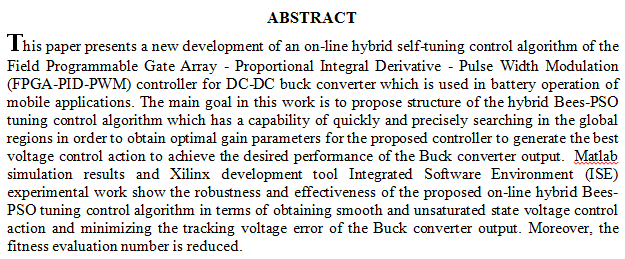
Metoclopramide (MCP) ion selective electrodes based on metoclopramide-phosphotungstic acid (MCP-PT) ion pair complex in PVC matrix membrane were constructed. The plasticizers used were tri-butyl phosphate (TBP), di-octyl phenyl phosphonate (DOPP), di-butyl phthalate (DBPH), di-octyl phthalate (DOP), di-butyl phosphate (DBP), bis 2-ethyl hexyl phosphate (BEHP). The sensors based on TBP, DOPP, DBPH and DOP display a fast, stable and linear response with slopes 59.9, 57.7, 57.4, 55.3 mV/decade respectively at pH ranged 2-6. The linear concentration range between 1.0×10-5 – 1.0×10-2 M with detection limit 3.0×10-6 and 4.0×10-6 M for electrodes using TBP, DOPP and DBPH while e
... Show More (10)
(10)
 (6)
(6)
The aim of this study is to design a proposed model for a document to insure the mistakes of the medical profession in estimating the compensation for medical errors. The medical profession is an honest profession aimed primarily at serving human and human beings. In this case, the doctor may be subject to error and error , And the research has adopted the descriptive approach and the research reached several conclusions, the most prominent of which is no one to bear the responsibility of medical error, although the responsibility shared and the doctor contributes to them, doctors do not deal with patients according to their educational level and cultural and there are some doctors do not inform patients The absence of a document to insu
... Show More (6)
(6)
 (5)
(5)
Internal curing is a method that has been advised to decrease the primary age cracking, mainly of concrete mixes using low (water to cementitious materials - w/cm) ratios corresponding to the self-compacting concrete-(SCC). This research aims to study the effect of the internal curing using saturated lightweight aggregate- (LWA) on the steel reinforcing corrosion in SCC. In this research, crushed bricks or thermostone were partially replaced by (20%) by the weight of sand and volumetrically measured. The results showed that the steel reinforcement of internally cured concrete showed a slight increase in corrosion up to 300 days of exposure to the saline solution (containing 3.5% NaCl). The ability of using the crushed bricks or thermostone
... Show More (3)
(3)
Internal curing is a method that has been advised to decrease the primary age cracking, mainly of concrete mixes using low (water to cementitious materials - w/cm) ratios corresponding to the self-compacting concrete-(SCC). This research aims to study the effect of the internal curing using saturated lightweight aggregate- (LWA) on the steel reinforcing corrosion in SCC. In this research, crushed bricks or thermostone were partially replaced by (20%) by the weight of sand and volumetrically measured. The results showed that the steel reinforcement of internally cured concrete showed a slight increase in corrosion up to 300 days of exposure to the saline solution (containing 3.5% NaCl). The ability of using the crushed bricks or thermostone
... Show MoreBackground: The new concepts and technologies continue to change the dynamics of endodontic practices in the world. Rapid and significant changes in techniques, instrument design, and the type of metals used to manufacture endodontic instruments which have been made during the last few years in an attempt to overcome canal preparation errors. The purpose of this study is to measure and compare canal transportation and centering ability of Self Adjusting File with two rotary nickel-titanium (Ni-Ti) systems, ProTaper and BioRaCe at different levels. Material and Methods: Forty five distal roots of mandibular first molars with moderate curvature were selected using Schneider method. Roots were divided randomly into 3 groups of 15 each and were
... Show More (13)
(13)
